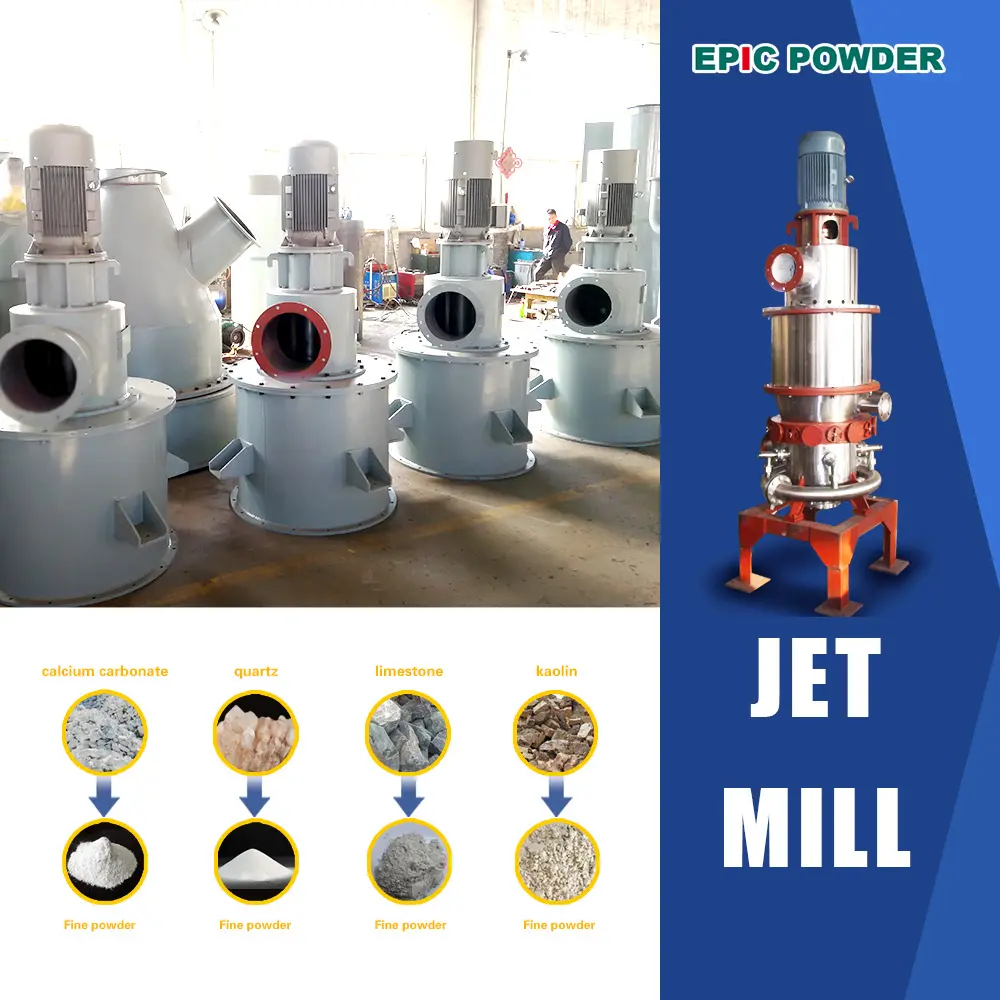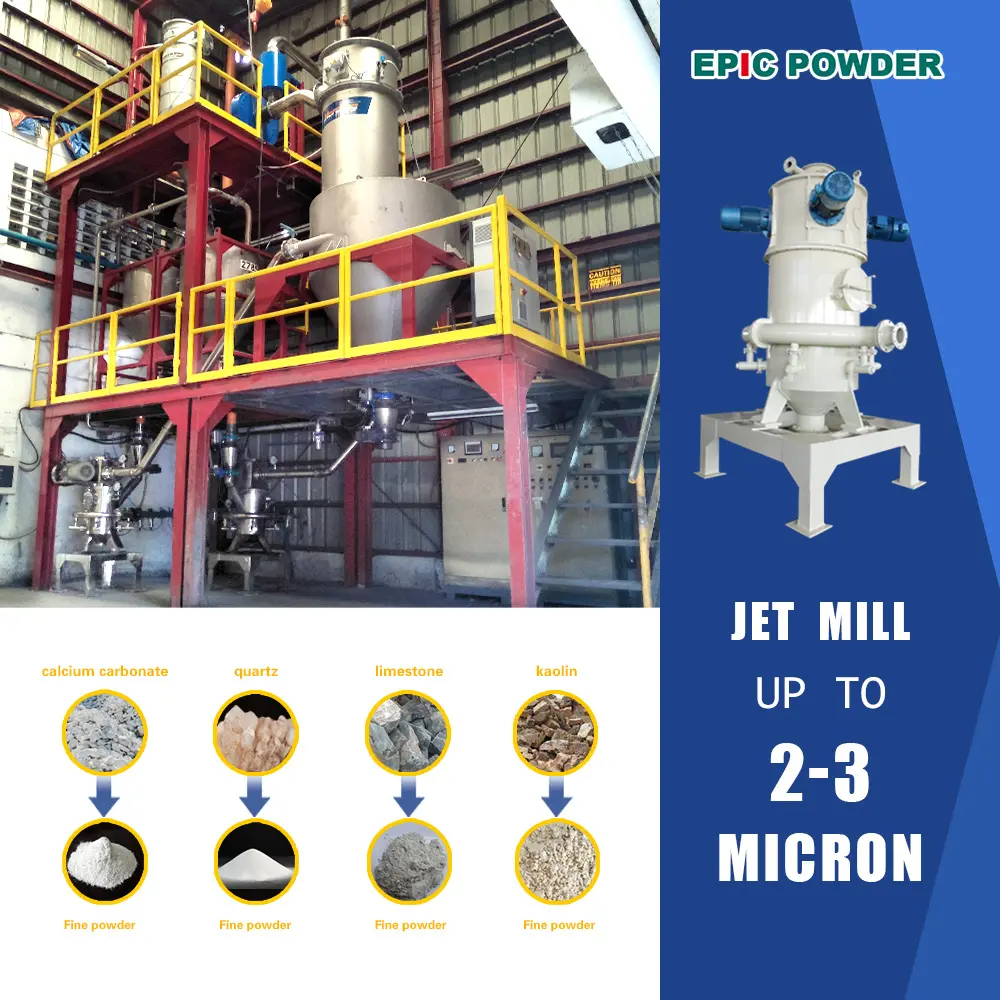Jet milling is a sophisticated technique for particle size reduction that ensures the purity of the final product through several key mechanisms:

No Mechanical Grinding Tools
Jet mills operate without mechanical grinding tools, relying instead on high-velocity gas streams to grind materials. This design minimizes wear and tear, which can introduce contaminants into the final product. The absence of moving parts in the grinding chamber significantly reduces the risk of contamination from equipment degradation.
Closed-Loop System
The jet milling process typically occurs within a closed-loop system, which prevents external contaminants, such as dust or microorganisms, from entering the grinding environment. This containment is crucial for maintaining product purity, especially in sensitive applications like pharmaceuticals where stringent regulatory standards apply.
Low Temperature Operation
Jet milling generates minimal heat during the grinding process due to adiabatic expansion of the gas used. This low-temperature operation is essential for preserving the integrity of heat-sensitive materials, preventing degradation or alteration that could compromise purity.
High Purity Materials Handling
Jet mills are particularly effective for processing high-purity materials. The technology is designed to handle substances that require stringent cleanliness standards, making it suitable for applications in pharmaceuticals, food, and specialty chemicals where contamination must be avoided.
Effective Cleaning Procedures
The simple design of jet mills allows for easy cleaning and sanitization between batches. This capability is vital for preventing cross-contamination when processing different materials or formulations, further ensuring that each batch meets purity requirements.

The popularity of jet mills among users is mainly due to their many advantages. The first is “fineness,” which refers to how finely a jet mill can grind materials. Different industries have varying requirements for particle fineness, so achieving the desired fineness is a primary consideration in the design and manufacturing process. The fineness needed for grinding also varies depending on the industry and the requirements of the material being processed.
The second key feature is “purity,” which demands that the grinding process be contamination-free to maintain the material’s original composition. During grinding, certain materials may undergo chemical changes due to factors such as temperature and humidity, which is particularly crucial in fields like pharmaceuticals for grinding herbal medicines. Therefore, the design must take into account factors like material temperature and humidity.
For effective grinding, the airflow in a jet mill needs to reach very high speeds to generate substantial energy. Increasing the airflow velocity through the nozzle can enhance the grinding effect and efficiency. However, excessively high speeds may lead to increased energy consumption.
Conclusion
Jet milling ensures the purity of the final product through its design features that minimize contamination risks, maintain low operational temperatures, and facilitate effective cleaning protocols. These characteristics make it an ideal choice for industries where product integrity is paramount.